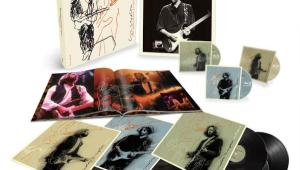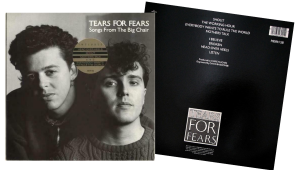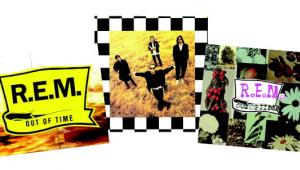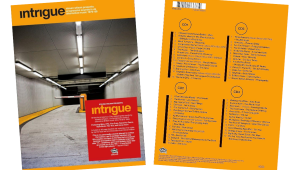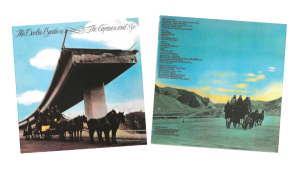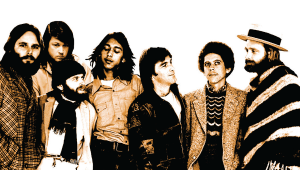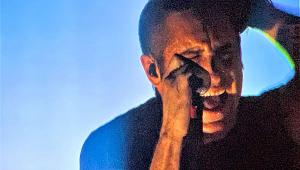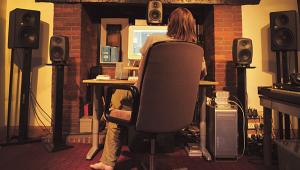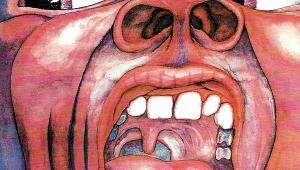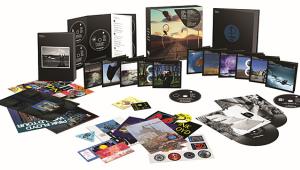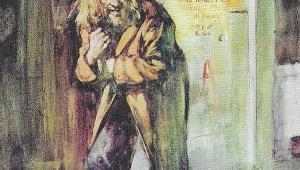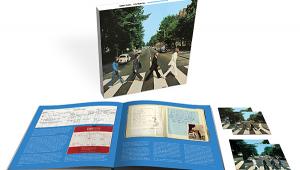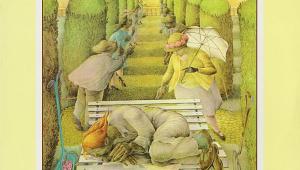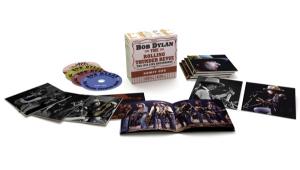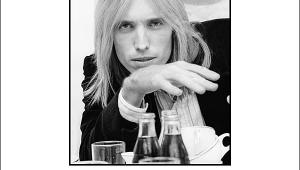Welcome to the Machines Page 2
Going to the Dark Side
Recorded between 1972 and '73, The Dark Side of the Moon stands as the band's innovative peak. In the early '70s, Abbey Road Studios was recognized as the finest place to make music recordings. The studio's deep equipment inventory included the latest recording gear (such as the quite excellent Studer A80 16-track tape recorders). and it attracted top-notch creative technical people anxious to push its limits.
In one of the happiest instances of serendipity, Abbey Road staff engineer Alan Parsons was assigned to the Dark Side project. He had worked with the band on 1970's Atom Heart Mother (as well as with another band you may have heard of, the Beatles), and he was enthusiastically expert in studio wizardry. Another vital piece of the creative puzzle was the hiring of producer Chris Thomas, who'd worked with Beatles producer George Martin, and he put his definitive stamp on the finished mix.
High-tech synthesizers - still very analog and experimental in those days - were pressed into service. The EMS VCS3 Putney and Synthi A replaced older gear and were used on several tracks, including "Brain Damage" and "Time." Perhaps the most impressive part of the album's sound was the band's imaginative use of low-tech musique concrete techniques in most of the songs, such as the chiming clocks in "Time" and the running man in "On the Run."
To overcome the 16-track limitation, the band routinely re-recorded ("bounced") multiple tracks down to just a few tracks, effectively freeing up even more tracks, at the cost of added tape noise. Tape looping was another favorite studio trick. A length of tape was literally made into a loop and played endlessly through a machine, repeating the recorded content for a duration that depended on the length of the loop and the tape speed. This technique was most notably employed in "Money," using a 20-foot long loop. And, of course, taped sounds are played backwards at the beginning of "Breathe (in the Air)."
Thanks to the availability of a mixing console with a 4-channel output, Dark Side was mixed in both stereo and quad. Although today's mixing consoles are automated, Abbey Road's consoles predated that invention; engineers and band members all joined in to operate the controls when mixing down the tracks. "On the Run" is a good example of deft console handiwork. The album's old quad mix, an audio footnote for years, can now be heard on the Dark Side Immersion box set.
A final bit of trivia: Just as the line "There is no dark side of the moon, really" is spoken at 1:33 of the closing track "Eclipse," an orchestral snippet of the Beatles' song "Ticket to Ride" becomes clear (especially at 1:51) in the right channel. Why it's there, and whether its presence is accidental or intentional, has never been officially determined. (I'm convinced it's the latter.) In any case, who knows what other strange gems are still buried in the dense layers of this album?
- Log in or register to post comments

